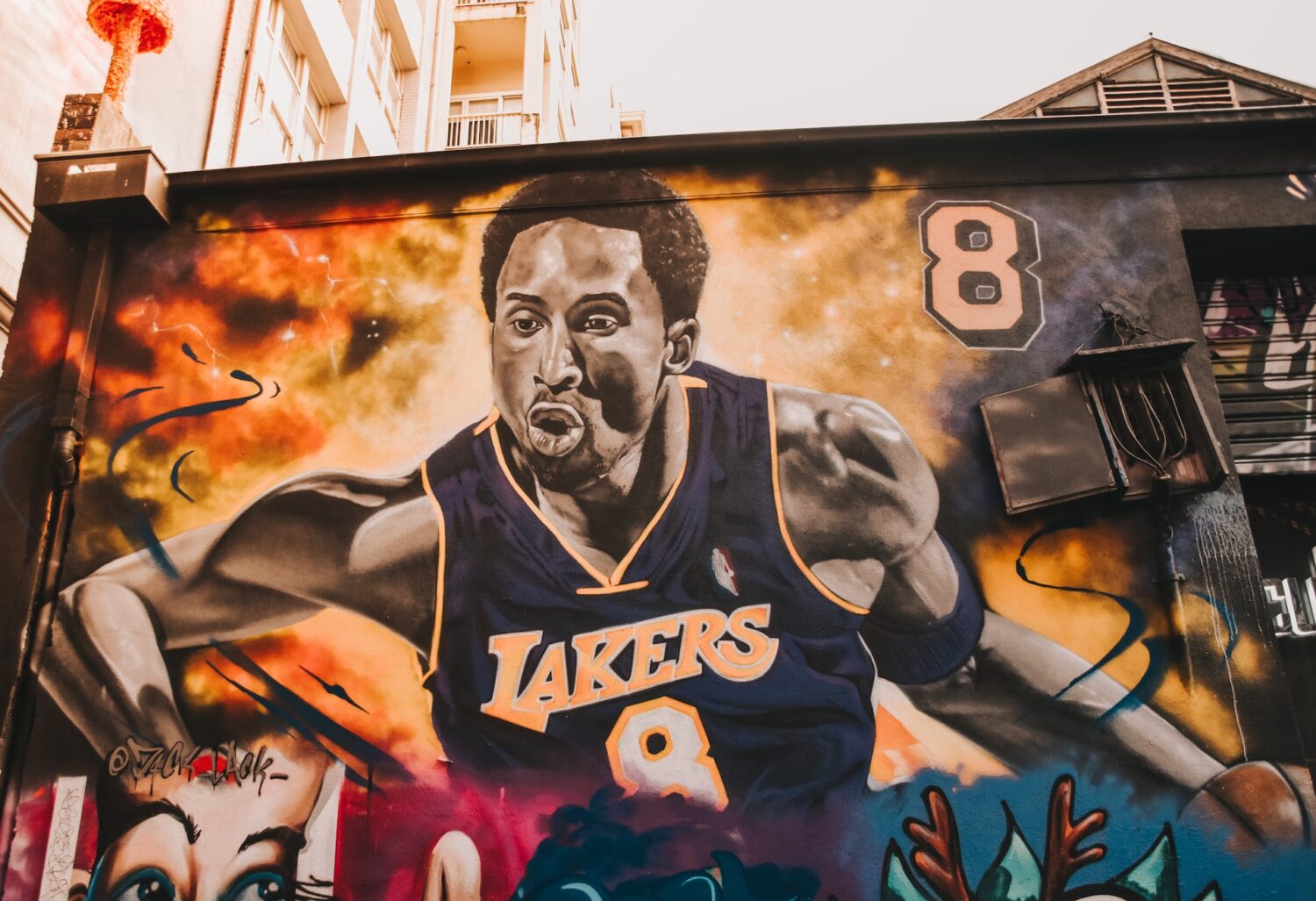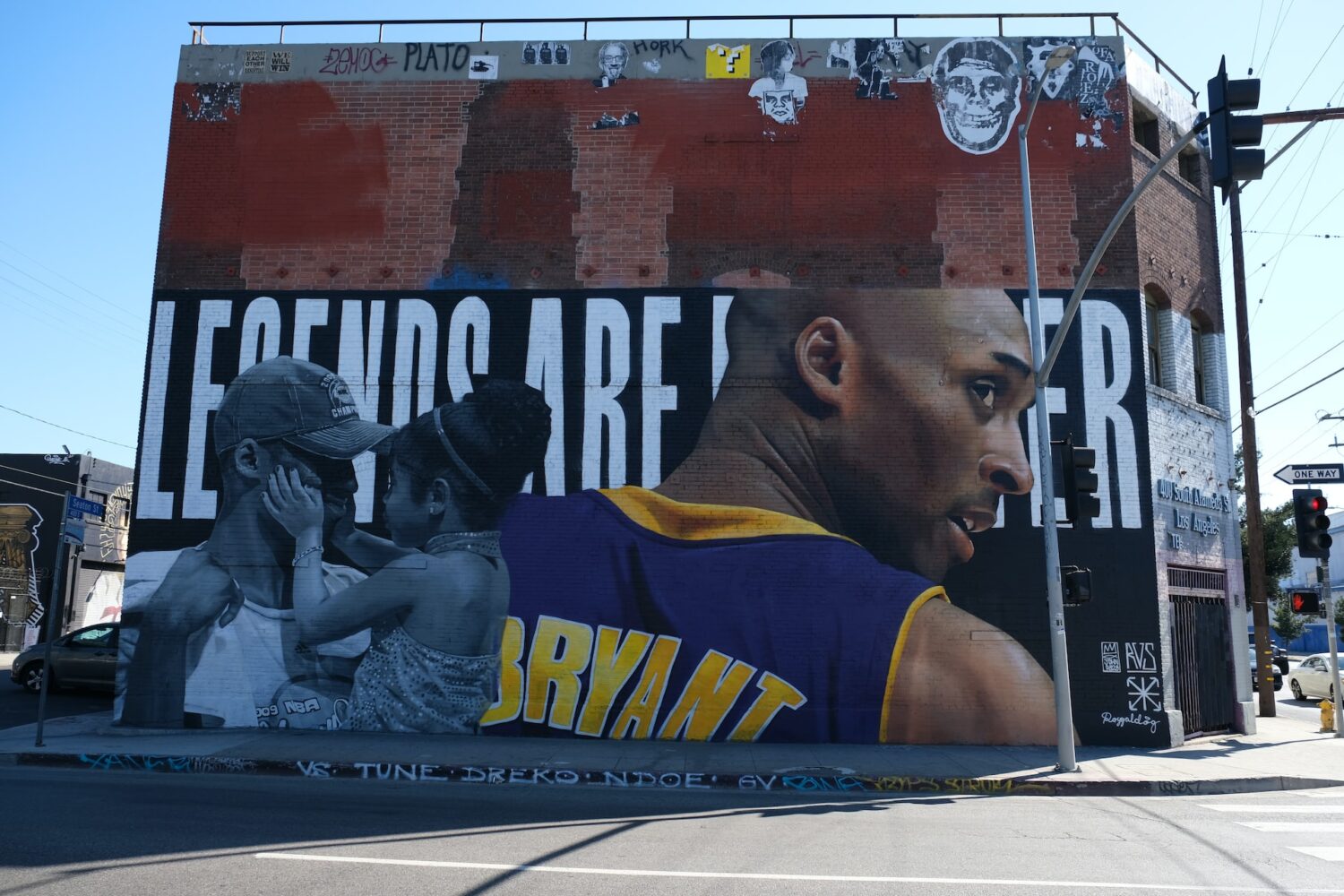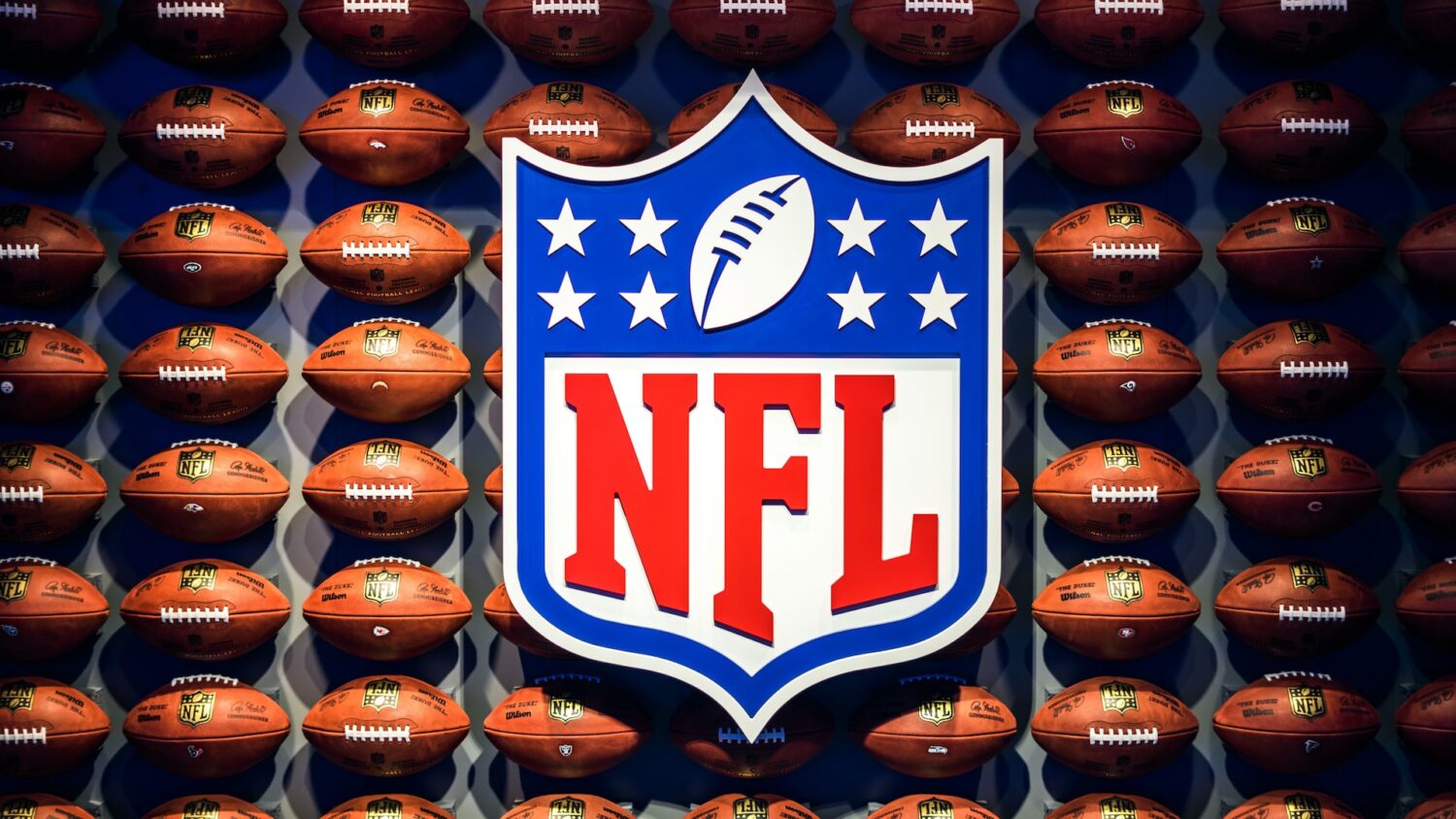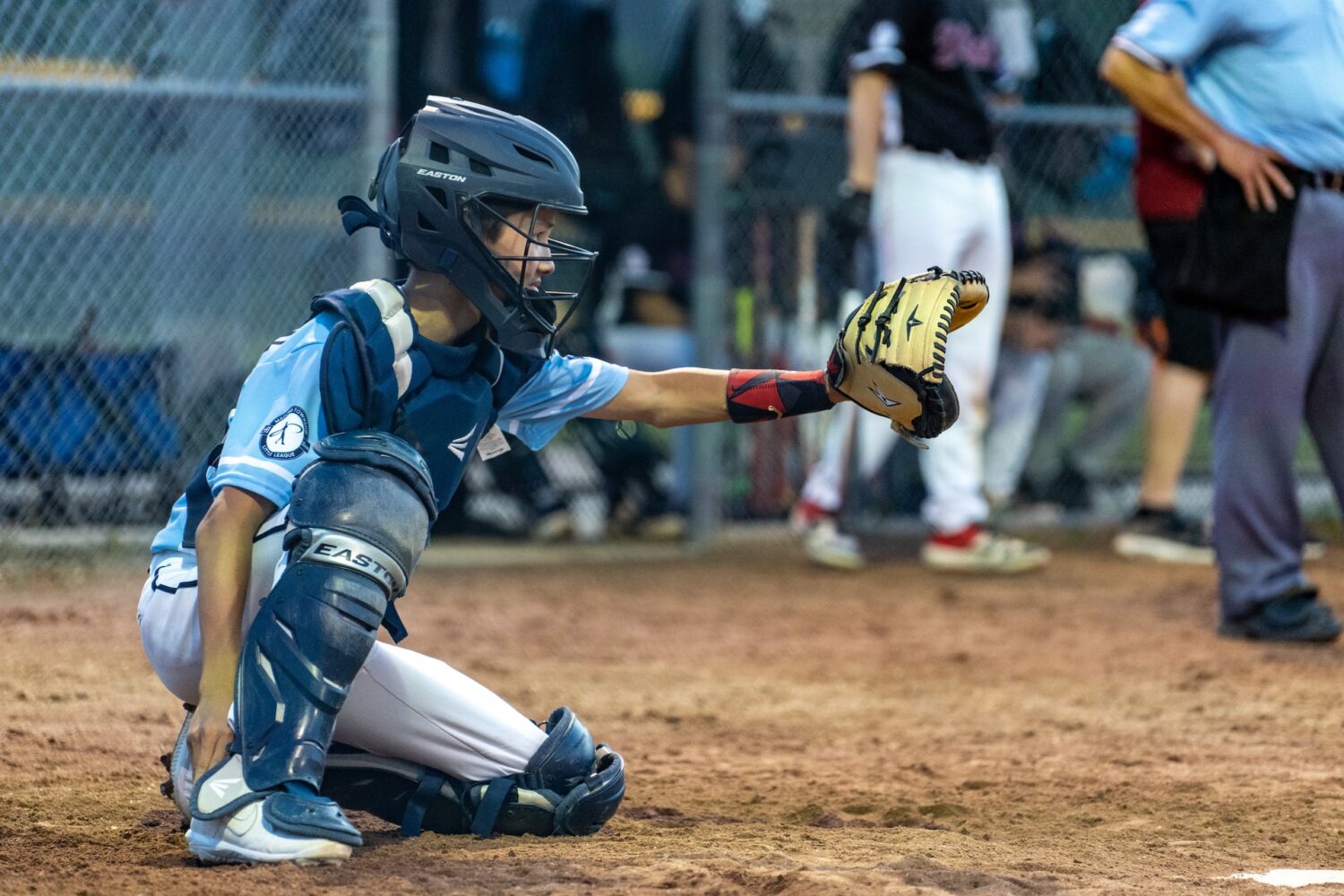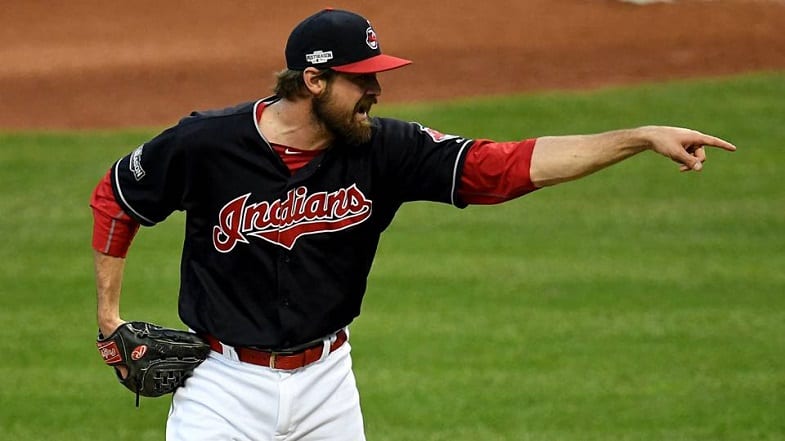
There was a time when closers were the rock stars of professional baseball. These guys typically enter the game with three outs needed, so, it is not like they are asked to do much. But they came in when the drama was at it highest making the culmination of their work appear to be that much more glorious.
Forget that someone else pitched the first eight innings; they pitched the one that mattered most— the last one.
An insane ability to get the last out helped make guys like Mariano Rivera, Jonathan Papelbon, Brian Wilson, and Brad Lidge fan favorites in their prime. Each was also an integral part of at least one World Series run making it appear as if an elite closer was vital to World Series glory.
In past years, maybe that was the case. Maybe locking down an elite closer was of utmost importance for contending teams in the offseason (if they didn’t already have one)— at one time. But that does not seem to be the case anymore.
Mike Petriello of MLB.com made an interesting observation in a recent article. The last seven World Series champions started the season with one player at closer. But then they ended the season with someone else in the role.
To be fair, some of the changes were because of injuries. But many were performance related.
- 2017: The Houston Astros only used Ken Giles in seven games during the postseason last year and just twice during the World Series. Instead, they leaned on three other players to help close out games (Brad Peacock, Lance McCullers Jr., and Charlie Morton). Houston ended up recording only four saves the entire postseason.
- 2016: Hector Rondon was having a good year for the Chicago Cubs in 2016. But then they traded for Aroldis Chapman, and he was basically forgotten.
- 2015: The Kansas City Royals didn’t necessarily want to bench Greg Holland during their World Series run. But an elbow injury forced them to roll with Wade Davis.
- 2014: Sergio Romo had been great for the San Francisco Giants in the past, but after a terrible July, he got replaced by Santiago Casilla.
- 2013: The Boston Red Sox traded for Joel Hanrahan prior to the start of the season only to lose him early on to an injury. Andrew Bailey held down the role until a bad stretch in June prompted the team to bench him for Koji Uehara.
- 2012: San Francisco Giants closer Brian Wilson was an absolute rock star entering the ’12 season, but an injury cut it short. Santiago Casilla got a shot to hold down the job but failed. The team went with a committee approach the rest of the season (Sergio Romo, Javier López, and Jeremy Affeldt).
- 2011: The St. Louis Cardinals began the season with Ryan Franklin at closer but ended up recording just a single save during the season. At different times during the season they used Eduardo Sanchez, Mitchell Boggs, Fernando Salas and eventually Jason Motte.
Brian Wilson was the last closer for a World Series winner to start and end the season with the job (2010). Since 1980, the regular season saves leaders (AL and NL) have made it to the World Series just 13 times. They went on to win just seven times.
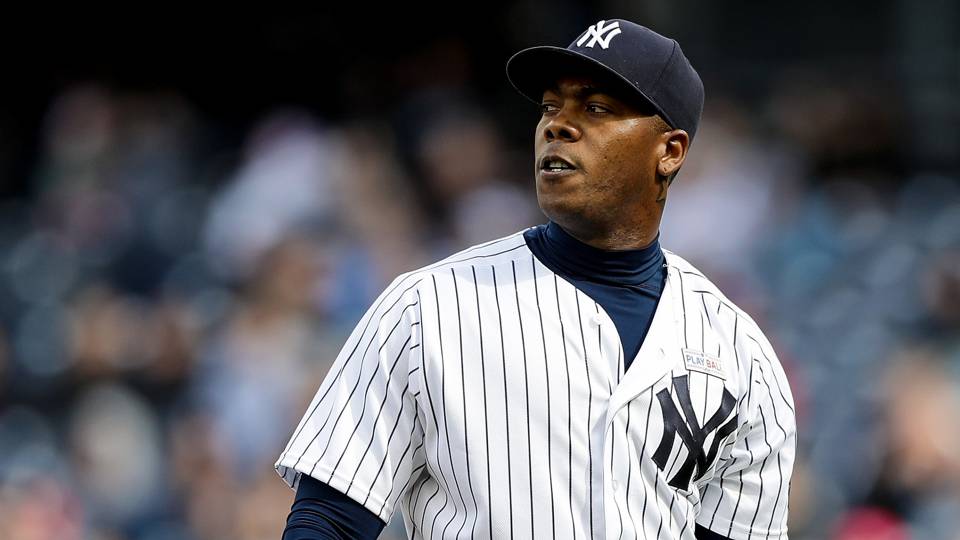
So—what does this say about the position? Do teams need an elite closer to be competitive? Should they make every effort possible to develop or acquire one if the opportunity presents itself? Are elite closers a luxury everyone wants but doesn’t need to have?
There are few things more frustrating in baseball than losing a lead and potentially the game in the ninth inning.
But when it comes to deciding whether an elite closer is a luxury or a necessity, it helps to put the value of a save into perspective.
Of the ten playoff teams, four had the highest save conversion rates in the league (Cleveland—78.72 percent; Colorado—77.05 percent; LA Dodgers—76.12 percent; Washington—73.02). Colorado lost in the NL Wildcard game while Cleveland fell to the Yankees in the ALDS.
Incidentally, of the ten playoff teams, the Yankees had the lowest conversion rate (61.02 percent). Their’s was also the only one lower than the league average (65.97). But they still made it to their Championship Series. So did the team with the second-lowest mark (66.67 percent), the Chicago Cubs.
The Houston Astros had the lowest conversion rate among non-wildcard playoff teams (68.18 percent). They ended up losing faith in their closer, Ken Giles, during the postseason. Of the seven save opportunities the Astros had during their World Series run, they blew three.
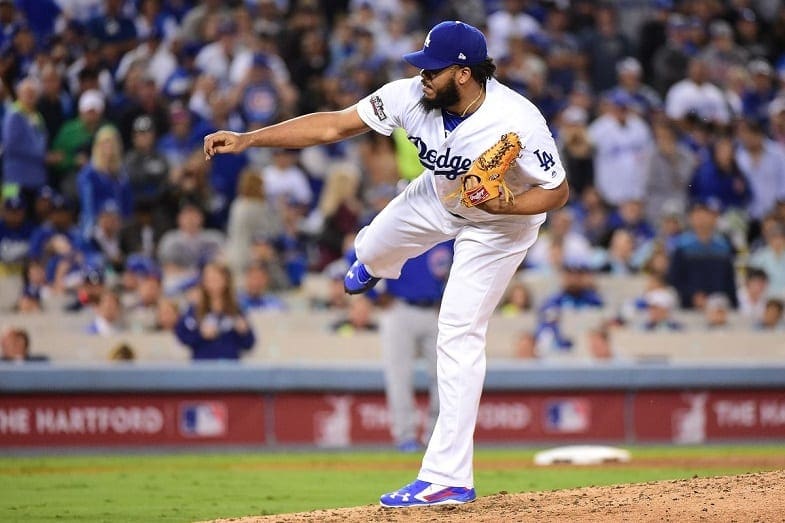
The two teams with the most saves during the regular season (Milwaukee—54; Tampa Bay—53) didn’t even make the postseason. Only four teams in the top ten made the playoffs.
Houston proved last season that you don’t even need an elite closer to win the World Series. Would they have liked one? Of course. But was it necessary? No.
Last season the AL averaged 59 save opportunities and the NL 60. But the AL had more blown saves on average (21) than NL (20). These numbers are roughly the same every season (give or take a few) dating back to 2002.
So—are elite closers obsolete? There are some who would say their perceived value is more a product of opportunity than skill. But every team in baseball would love to have someone throwing 100 MPH fastballs on the mound in the ninth.
Obsolete? More like the definition of a ‘luxury.’



